Imagine two competing brands in the same industry. Brand A limits its presence to Instagram, relying solely on a single channel to promote its product.
Brand B casts a wider net. This brand is active on all major social media platforms, runs targeted ads on Google and YouTube, regularly sends out a newsletter, and even features its campaigns on billboards.
Which brand do you think reaches its customers more effectively and offers a better customer experience (CX)? Brand B, obviously.
This is a clear example of a company using multichannel marketing to reach its audience, provide a positive experience across different channels, and ultimately, boost sales.
Where Do You Rank on the AI Maturity Curve?
Take the 5-minute assessment and get a personalized score and recommended next steps.
In this guide, you’ll learn what multichannel marketing is, as well as its benefits, how it impacts the customer experience, and three tips on how to unify your marketing channels for better CX.
What Is Multichannel Marketing?
Multichannel marketing is a marketing strategy that involves engaging with customers across different online and offline channels. Unlike omnichannel marketing, where the different channels are interlinked, multichannel marketing platforms are often in silos:
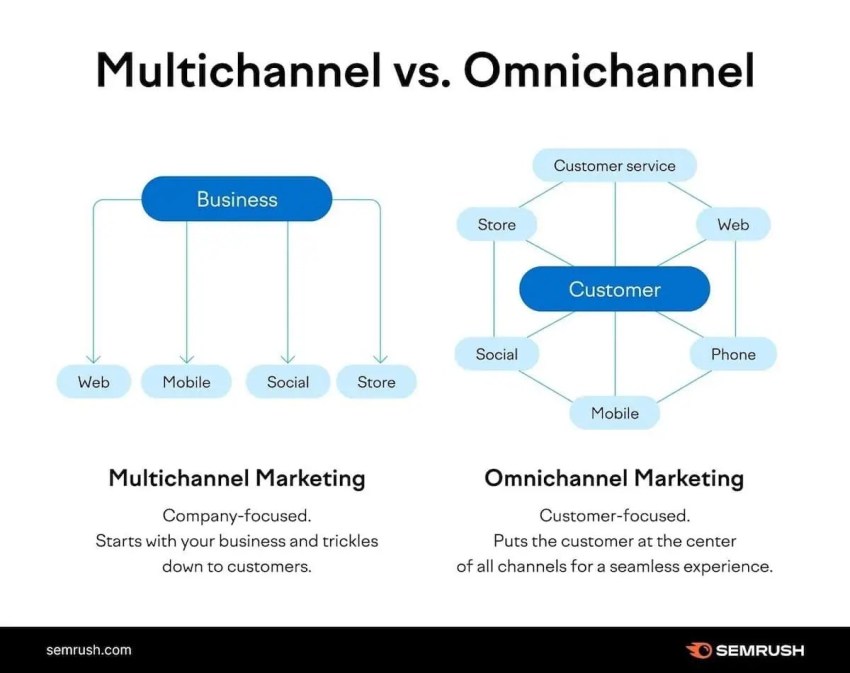
For example, if you were to use a multichannel marketing strategy, you might launch a social media ad featuring a special offer.
Interested customers might then look up your brand online and visit your website.
There, they can explore the offer further and read customer testimonials or FAQs. For additional queries, customers have options such as chatting with online support or contacting the call center.
The main aim of multichannel marketing is to increase the reach of your marketing message and improve your company’s CX and engagement by being wherever your audience is.
It includes reaching your audience through various channels, including:
- Social media platforms like Instagram, TikTok, and LinkedIn
- Websites
- Direct mail
- Printed flyers
- In-person stores
- Direct mail
- Events and trade shows
5 Benefits of Multichannel Marketing
Multichannel marketing campaigns rely on data-driven insights, personalized messaging, and unified experiences across various channels to:
- Reach more people
- Increase engagement
- Drive conversions
- Build brand loyalty
- Gain deeper customer insights
Let’s look at these benefits in more detail.
1. Reach more people
Your customers are everywhere. They’re scrolling through social media feeds, checking emails, and visiting in-person stores.
With multichannel marketing, you can reach them through all those channels. Potential customers can discover your brand, find the information they need, and make purchases more easily.
The results? Increased brand awareness, enhanced customer engagement, and more sales.

2. Increase engagement
Multiple touchpoints give customers more opportunities to engage with you on their preferred channel.
This makes your CX more accessible and convenient. People are also more likely to interact with and remain loyal to a brand that engages with them where they’re most comfortable.
For instance, imagine that your company has a contact center and offers in-app tutorials.
A customer who prefers direct communication can easily reach out to the contact center for immediate assistance. Meanwhile, another customer who favors self-service can benefit from the in-app tutorials by getting to know your product at their own pace.
3. Drive conversions
Each touchpoint in multichannel marketing is an opportunity to streamline the customer journey with consistent messaging and calls to action:

A marketing message that’s consistent across all channels reinforces your brand and what you’re offering. This repetition makes customers more familiar with your product or service and gradually builds their trust in your brand.
And as long as you include clear calls to action, they know exactly how to make a purchase or what step to take next, increasing conversion rates.
Imagine you run a health and wellness website.
So you post an engaging article about healthy eating on your blog and share snippets of the article on social media. In your newsletter, you include a link to a free meal planning guide, which requires an email signup — your direct call to action.
A reader who’s been following your blog and social media posts and finds value in your content will be more inclined to sign up for the guide than someone who’s had less exposure to your brand.
4. Build brand loyalty
Effective multichannel marketing helps build brand loyalty by ensuring that your audience has consistent, positive interactions with your brand across various channels.
And positive interactions are good for your brand because 80% of consumers find the experience a company provides equally as important as the company’s products or services.
By consistently engaging with your customers across different channels, you’ll build a loyal following.
These loyal customers could even become brand advocates by sharing their positive experiences with others, leaving good reviews, and recommending your brand to friends and family.
5. Gain deeper customer insights
Marketing on many different channels allows you to gather information from various sources.
You can then use the customer data you gather to personalize your marketing efforts, remove sales blockers, and optimize your strategies to improve conversion rates.
By tracking customer behavior and engagement across different channels, you can gather valuable insights on your audience, including:
- Preferred communication channels and content types
- Demographics and attributes
- Product preferences and purchase history
- Response rates to different marketing and call center campaigns
- Peak engagement times and online activity patterns
- Feedback and satisfaction levels
How Successful Multichannel Marketing Impacts Your Customer Experience
Here are four ways a multichannel marketing approach helps improve your CX and brand reputation:
- It puts your audience in control.
- It feeds into personalization.
- It creates a seamless customer journey.
- It leads to faster issue resolution.
Let’s look at each of these outcomes in more detail.
1. It puts your audience in control
Multichannel marketing allows customers and prospects to interact with your brand on their terms — anywhere, anytime.
Sportswear company On Running is an excellent example of being wherever your audience is. They use OFF, their in-house magazine, to share inspiring athlete stories and showcase their latest products.
They’re also active on social media platforms, with 46,000 followers on TikTok and 1.6 million followers on Instagram:
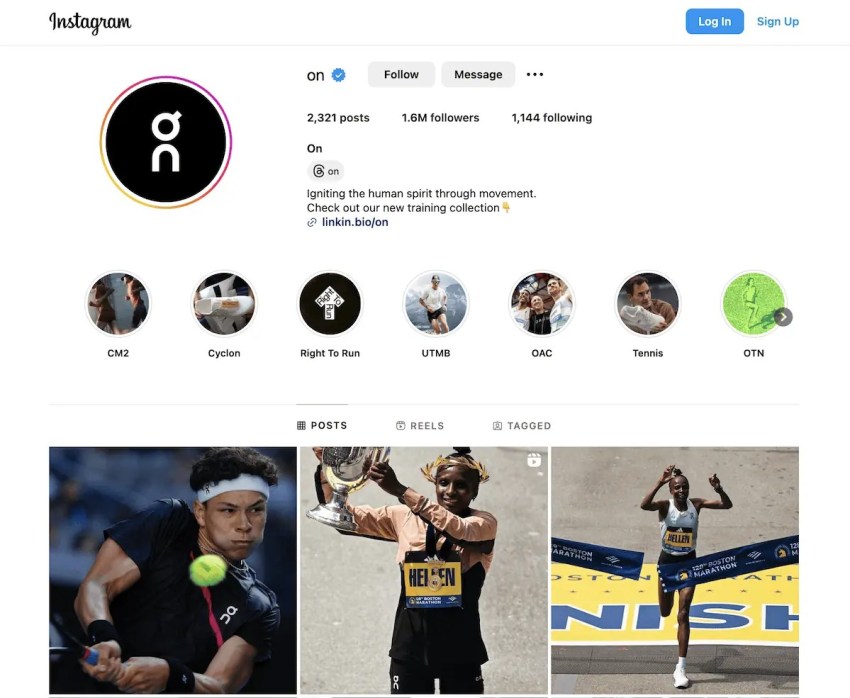
Finally, they team up with athletes to help people interact with them through their favorite sports influencers. All these interactions complement their direct-to-consumer online and in-person stores.
2. It feeds into personalization
Being on different platforms means you can tailor your CX, offering your target audience exactly what they want where they’re most active.
For example, you can analyze the types of content your audience engages with most on each platform.
If they interact a lot with how-to videos on social media, you could focus on creating more of these videos.
If they tend to download white papers or case studies from your website, you can tailor your newsletter to highlight these resources.
This way, you’re not only providing content that interests them but also making it available on their preferred platform, enhancing their overall experience with your company.
3. It creates a seamless customer journey
By using the same data and strategies across different channels such as email, social media, and in-store interactions, you ensure that your customers get a uniform message and brand experience.
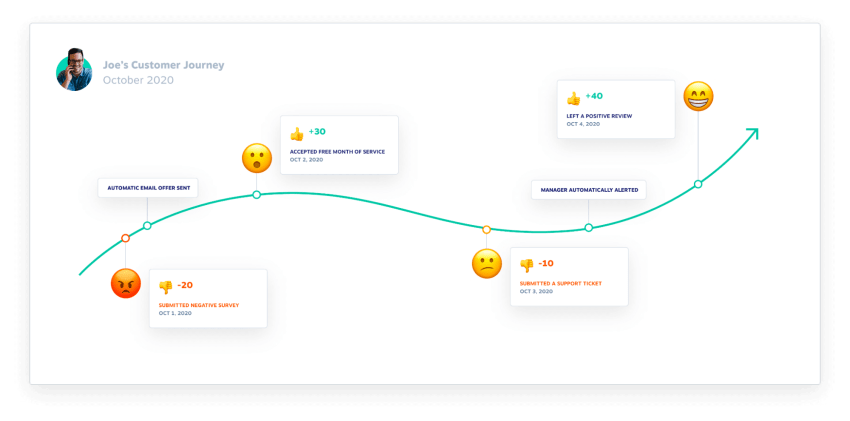
So whether they’re shopping online or in your physical store, the experience feels continuous and familiar.
Seamless journeys are crucial because customers expect a consistent experience regardless of the channel they use. If customers feel a disconnect in their interactions with your business, they can become frustrated and lose trust in your brand.
On the other hand, customers who experience consistency and personalized attention are more likely to remain engaged, make purchases, and recommend your brand to others.
4. It leads to faster issue resolution
Nobody likes waiting for support, especially when it puts their business on hold.
A successful multichannel marketing strategy ensures that customers have multiple ways to reach you when they need help, including:
- Chatbots for quick questions
- Knowledge bases for self-service troubleshooting
- Email support for more complex issues
- Contact centers to speak to a human in real time
Pro tip: Be careful with chatbots. They might seem cost-effective, but customers often rank chatbots as the least desirable support option:
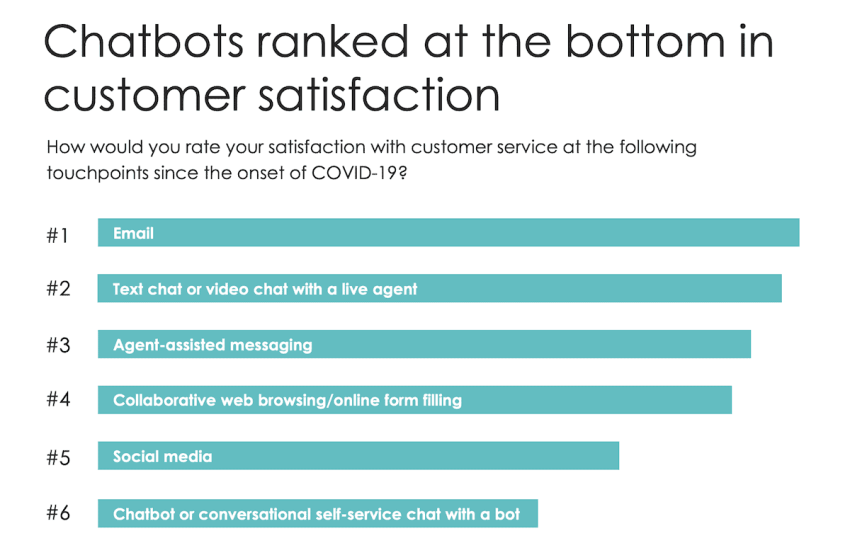
This means you should always ensure that other touchpoints are available so customers can get the support they need whenever they need it.
3 Ways to Unify Marketing Channels for Better Customer Experience
Customers get confused when your marketing on different channels appears disjointed. Creating a unified experience can boost customer satisfaction, build stronger relationships, and help you meet your growth goals.
Here are three ways to make that happen:
- Combine data for a holistic view
- A/B test your multichannel approach
- Focus on customer lifetime value
1. Combine data for a holistic view
When you focus on just one type of data, like website analytics, you limit yourself to just one part of the story.
But when you add more information, like customer feedback and support interactions, you start to see the whole picture.
Imagine that your marketing team has noticed a dip in online sales conversions through your website analytics.
Meanwhile, your CX department is receiving complaints about confusing checkout processes.
If your marketing and customer experience teams worked together, the combined CX metrics would likely help them discover that the decline in sales could be linked to the checkout process.
Now that they have the whole picture, they can work on addressing the issue, potentially recovering the loss in sales and improving the CX.
Start by identifying the key touchpoints customers use to interact with your brand. These might include your website, social media platforms, customer service calls, email inquiries, and online reviews.
Next, use an analytics tool that can integrate the data from these touchpoints.
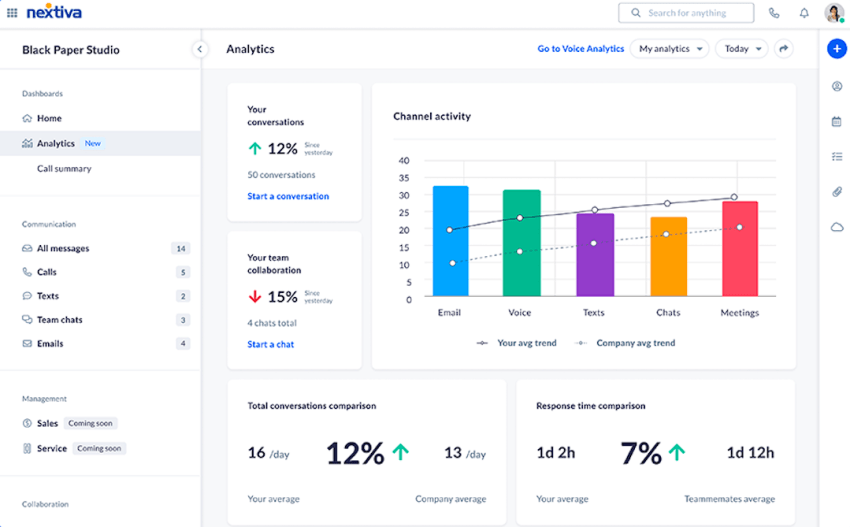
Look for patterns and correlations in the data.
For example, are there high traffic times on your website that correlate with many customer service calls?
Are there common issues mentioned in online reviews and customer emails?
Once you identify these patterns, you can take targeted actions to address any problems and ultimately improve the overall customer experience.
2. A/B test your multichannel approach
A/B testing is a method where you compare two versions of a marketing asset to see which one performs better.
This can involve testing different aspects of your multichannel approach, like your email formats, social media content, or in-store promotions. You can even A/B test your buyer personas to ensure you deliver the right message to the right people through the right channels.
The first step is to identify which elements of your multichannel strategy you want to test.
These could be the wording of your calls-to-action, the design of your ads, the timing of your email campaigns, or the type of content you post on different platforms.
Once you’ve pinpointed the elements you want to test, create two different versions of each and deploy them simultaneously to similar audience segments.
By analyzing the performance of each version, you can determine which resonates better with your audience and optimize your multichannel strategy accordingly.
3. Focus on customer lifetime value
Customer lifetime value (CLV) represents the total revenue a customer is expected to bring to your business over the entirety of their relationship with you.
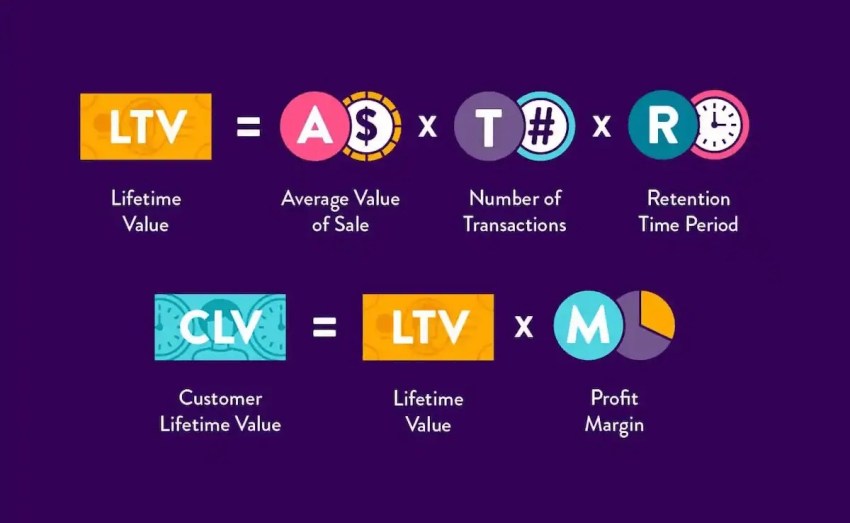
By factoring CLV into your marketing mix, you can prioritize long-term relationships and customer retention over short-term sales.
Start by measuring the CLV for each of your traditional and digital marketing channels. The goal here is to understand which channels bring in customers with higher lifetime values.
This way, you can adjust your strategies to strengthen and invest more in channels that are proven to attract and retain high-lifetime value customers.
Multichannel Management with Nextiva
Multichannel marketing expands your brand’s reach by letting you tailor your messaging to different platforms, drive conversions, and track customer data more successfully.
However, managing multiple channels can become overwhelming and disjointed without the right tool.
This can lead to inconsistent customer experience, unsuccessful marketing efforts, and a greater workload for your team.
That’s where Nextiva steps in.
Nextiva’s AI-powered cloud-center software integrates your customer communication channels, including phone, SMS, email, video chat, and social media, to ensure a unified customer experience.
By using Nextiva, your customer success agents can pass on valuable insights on customer behavior across channels, helping you refine your marketing strategies and improve customer engagement.
Related: 13 Innovative Mobile Marketing Examples and Why They Worked
A complete call center solution.
See why thousands of businesses made the switch to Nextiva.

















 Customer Experience
Customer Experience 











